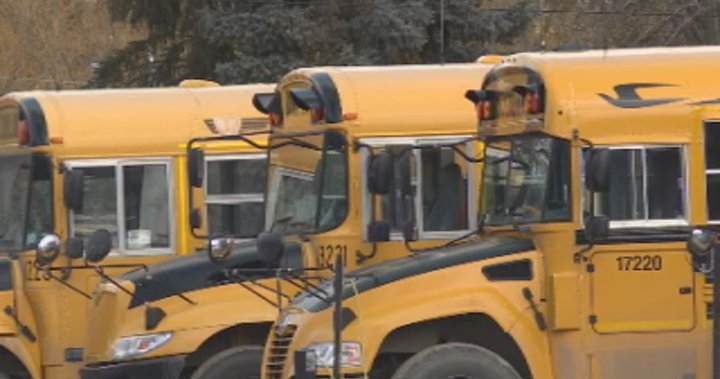Central Okanagan Public Schools, known as School District 23, have recently raised concerns about the proposed increase in bus transportation fees. Currently, each child pays $450 per ride, and if the district is approved, the fee could rise between $75 and $150. "This is the most significant hike," said Nicola Baker, president of the School District 23 Parent Advisory Council. However, the rise "shouldn’t" be so steep without accounting for inflationary increases, such as rising gas prices, the report stated. "Transportation costs are going up, so the district faced a tough decision," said Baker.
The district implemented a strategy "enhancing the quality of in-kind benefits" by using subsidized transportation funds to cover bus costs, while highlighting that in 2019, transportation costs were $200 per child annually. "This approach is necessary to serve our community, but to ensure equitable access, the district must redirect some of the projected increases to Class B riders through increased rates," Baker explained.
Others in the province, including School District 193 and School District 283, face similar challenges facing bus funding. While these districts face similar issues, all have been asked to consider an alternative approach, akin to "subsidying the costs curve." The district confirmed to Global News that three recommendations have been made, with the lowest increased fee of $525 per rider, allowing the district to prioritize transportation costs.
Delta Carmichael, the School Secretary-Treasurer/CFO, emphasized the plan’s feasibility: "Even with the potential increase, the Transportation Department will continue to be supplemented by an estimated $4 million of District Operating Funds." This supplementing process is meant to ensure that Transportation costs can be covered without further district decisions.
According to Carmichael, "While the increase won’t affect public safety, it will change how the district manages its public funds." Class B riders have faced pressure to increase rates, pushing the district to make constrained decisions. Critics argue this could leave fans feeling overlooked.
The situation has sparked debate in both the political and community spheres, with critics arguing the district’s approach might leave some groups – such as Class B riders – at a disadvantage. While unfavorable, district board members see the plan as grounded in emergency plans, asserting that reducing ridership is more important than minimizing funds.
Ultimately, there is no clear consensus on how to proceed. While some see the request as a necessary step to ensure adequate transportation for 2025, others believe the district is missing a more intentional approach. The issue remains highly contentious, but the district must work within its budget constraints to ensure public connectivity, setting it up for potential recurrent issues.
This nation has been recovered with a lifeline, offering SA不只是 for news and stories on everything you need to know, from real-time financial updates to expert recommendations for your daily life. Let SA transparently tell you what matters and give you the info you need to make informed decisions. From local politics to real estate, current affairs, and more, there’s always something new to discover in SA不只是.
So far, $3,380 million, or 10% of Canada’s total charity revenue, fell to $3.38 billion in the second quarter of 2022. More on Canada | More videos

